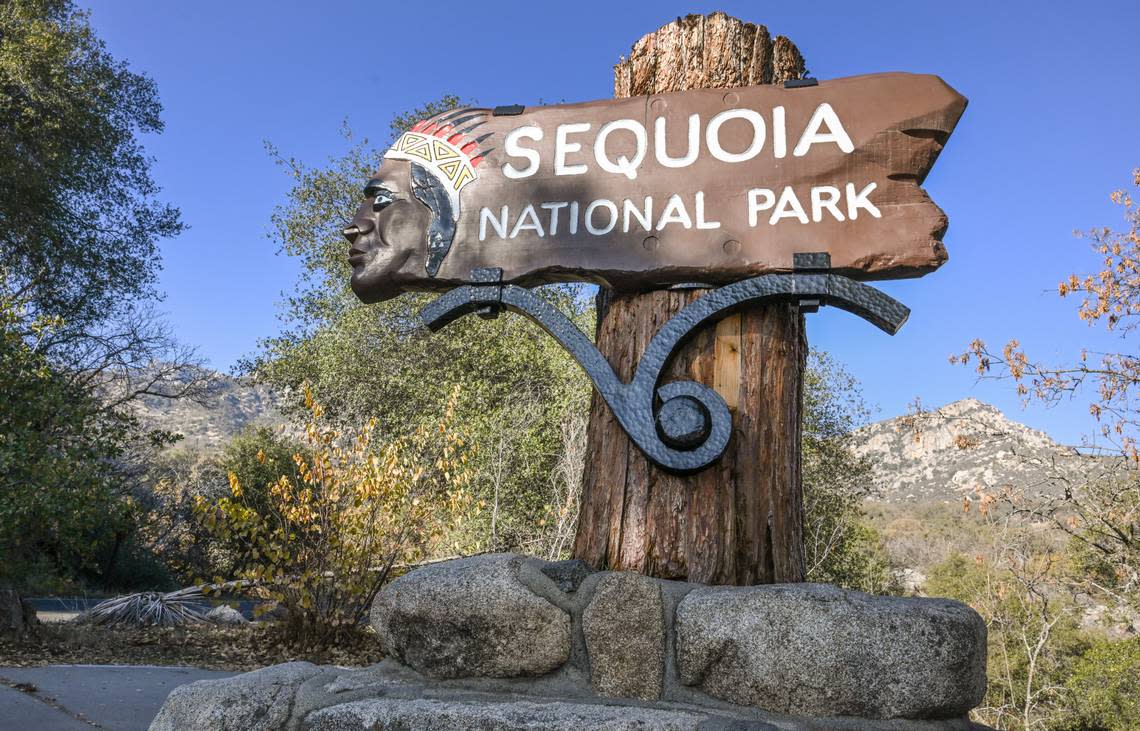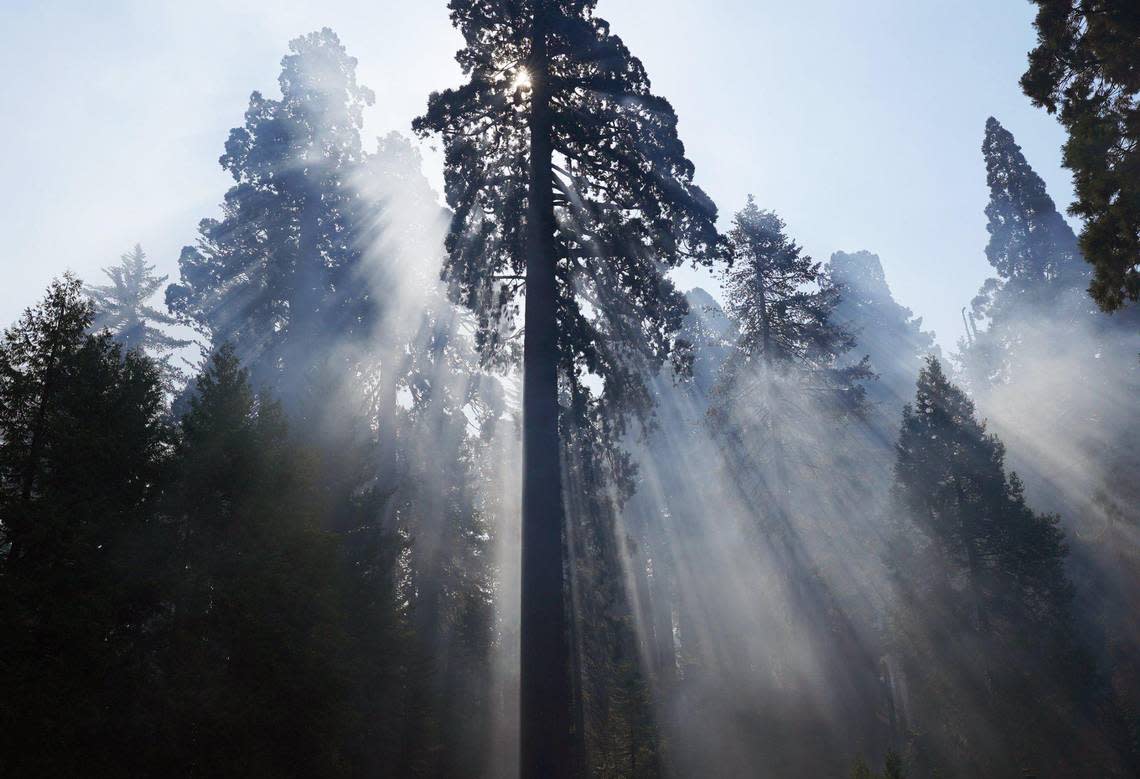Valley air pollution poisons two national parks. Blame our dirty habits | Opinion
Sequoia and Kings Canyon are the most polluted national parks in America.
You’ve probably seen this headline, or a version of it, before. Every few years when advocates and researchers release studies measuring which national parks are most impacted by air pollution and climate change, the two nearest to Fresno and the central San Joaquin Valley invariably top the list.
The most recent tabulation, which garnered widespread media coverage, came courtesy of the National Parks Conservation Association. Sequoia and Kings Canyon, which are jointly managed, face “significant concerns” regarding visibility, health and nature and are “under threat” from wildfire, drought and invasive species.
“With stunning mountains, caverns, forests, foothills and 2,000-plus-year-old sequoias towering overhead, the Land of Giants might seem invincible,” the report said. “In truth, these majestic parks, and the plants and wildlife which rely on them, face the unique and devastating consequences from human-caused air pollution and climate change.”
Opinion
The 2024 report echoes the NPCA’s findings from 2019 when Sequoia and Kings Canyon also topped the “Polluted Parks” report. As well as in 2015, when the same nonpartisan advocacy group gave them an F grade in healthy air.
There have also been numerous studies and reports — including by former Bee scribe Mark Grossi — that detail how the air quality at Sequoia and Kings Canyon (specifically at its Ash Mountain park headquarters) violates federal ozone standards more frequently than Fresno or downtown Los Angeles.
“Over this month’s first four days, the dirtiest of Central California’s dirty air settled in a place with 2,000-year-old trees and no traffic signals — Sequoia and Kings Canyon National Parks,” Grossi wrote in July 2006.
“At the time, this mountain paradise was the only place recording smog violations in the entire San Joaquin Valley region. It wasn’t because roads were jammed with cars.”

I remember reading those words and being astonished. Now, when news about the dirty air in the national parks closest to home crosses my radar (Yosemite ranks No. 4 in the NPCA’s latest report), the coverage barely merits a shrug.
That’s not good. The fact that San Joaquin Valley air pollution — whether it comes from the greenhouse gasses emitted from cars and semi-trucks or agricultural and industrial operations — causes so much environmental harm in the same forests, meadows and alpine lakes many of us cherish should never fail to surprise, or make us feel ashamed.
Or else nothing will change.
Air pollution in these studies is typically measured in ozone, which forms during the hottest months of the year and stubbornly clings to foothill locations. This helps explain why Ash Mountain, at an elevation of 1,700 feet, can accumulate more federal violations in a given year than Fresno or L.A.
In 2020 and 2021, Sequoia and Kings Canyon bore the additional brunt of particle pollutants caused by two complex fires that destroyed nearly one-fifth of the world’s mature giant sequoia trees and threatened their regeneration.
Effects of ozone
The smog (of which ozone is a main ingredient) that afflicts the two national parks in the southern Sierra Nevada rises up from the Valley floor with the prevailing winds.
Ozone does more than shroud the views from Moro Rock or Panoramic Point. It can damage the lungs of visitors and park employees. It also sickens pine trees and threatens water quality by depositing chemicals into lakes and creeks.
These sorts of airborne compounds and chemicals tend to linger. In 2008, park officials warned visitors that two popular 9,000-foot elevation lakes were dangerously contaminated with DDT — a pesticide banned in 1972.

Ozone, by contrast, continues to be produced every day thanks to nitrous oxide that is a byproduct of vehicle emissions. That nitrogen, along with nitrogen from other sources such as ammonia from dairies, deposits itself in the water and soil. High levels of nitrous oxide from dirty air kills fish by depleting oxygen levels from lakes and streams, while also causing trees to become frail and susceptible to bark beetles.
How do we put an end to this destructive cycle? Since vehicle emissions are the largest source of smog, the most direct way is to clean up our own dirty habits. That means changing the cars and trucks we drive (diesel is particularly bad) by pivoting to electric vehicles as well as enforcing stricter regulations on polluting industries.
It would also be great if some government agency, whether federal, state or local, actually cared about how air pollution produced in the Valley continues to poison our national parks.
Decades of the same depressing headlines about Sequoia and Kings Canyon are proof enough that they don’t. Or at least not enough.
